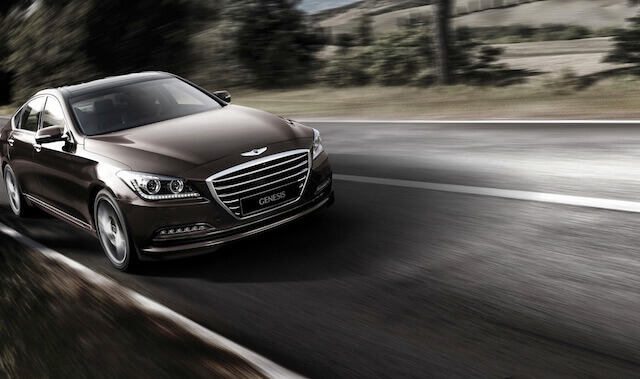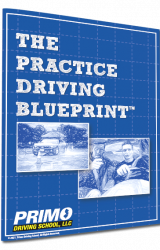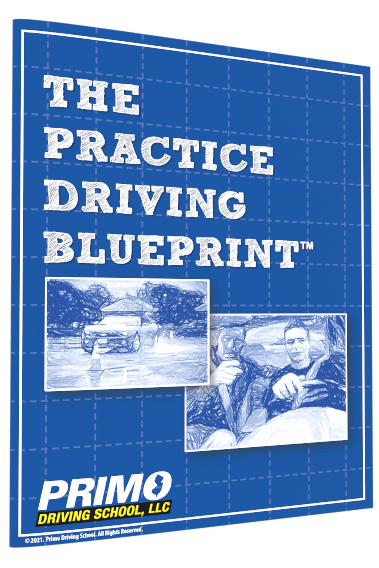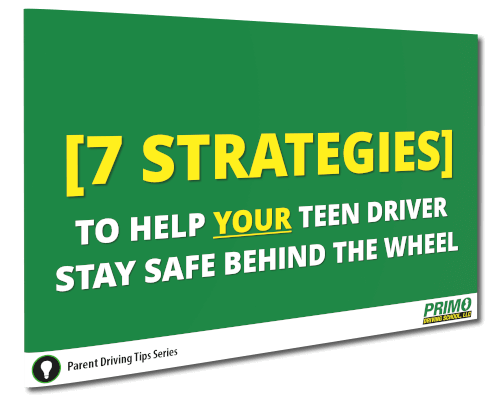With tens of thousands of people injured in car crashes every year, many car companies have invested a lot of time and money into developing safe driving features for their new vehicles. From automatic braking, to adaptive cruise control, to self-parking cars, engineers are constantly developing features that are designed to help us drive safer. But can these safety features make us even more vulnerable?
Let’s take a look at the 2015 Hyundai Genesis. During the Super Bowl, Hyundai unveiled a commercial featuring the Genesis titled, “Dad’s sixth sense.” A father is shown saving the day numerous times by protecting his son from all types of hazards, like catching him right before he runs into a wall as a toddler, to taking a hit for his kid as a blindfolded-slugger misses a piñata completely. In the final scene of the commercial a pretty girl walking down the sidewalk distracts the son while he is driving. Just as he is about to slam into the car in front of him, his auto-emergency braking (AEB) kicks in. A voiceover closes out the commercial reminding us, “Remember when only dad could save the day?”
Although a clever advertisement, this commercial leaves the viewer with the impression that if they’re distracted or unable to stop, Hyundai will step in to help. What Hyundai fails to tell the viewer in the commercial, but so graciously puts in 2pt font at the bottom of the screen, is that auto emergency braking is not a substitute for safe driving. This disclaimer also states that AEB only imitates full braking at speeds between 5-50mph. Driver-assisted technology can help prevent crashes and in turn save lives, nevertheless, it is important to keep this question in mind: are these advertisements sending the wrong message, and giving drivers permission to become lazier and less focused?
It’s not just braking assistance that is drawing a thin line between helpful and harmful, but other new features as well. The 2012 Jeep Cherokee Sport includes the adaptive cruise control technology and blind spot monitoring in this model. The commercial advertisement featuring this technology pictures the Jeep driving along a seemingly desolate highway, but all of a sudden approaches a truck in front of it. Thankfully, the adaptive cruise control is able to automatically slow the Jeep down before it crashes into the truck. Suddenly the Jeep’s blind spot monitor starts to beep uncontrollably and out of nowhere a motorcycle zips by on the left.
Jeep’s disclaimer comes in the same form as Hyundai’s, with a small and camouflaged message at the bottom of the frame stating: “Electronic driver assistance features are not a substitute for active driver involvement.”
Are these advertisements suggesting that not only does a driver not have to brake on their own, but they also don’t have to check their blind spots, or adjust their own cruise control? Although driver-assist technology can be beneficial in preventing crashes and saving lives, it is also important to realize that they are no substitute for good judgement, paying attention and learning to safely operate and control your vehicle.
While advances in technology are fantastic tools that will inevitably help save some lives, people are still responsible and must learn the skills to be safe behind the wheel.





